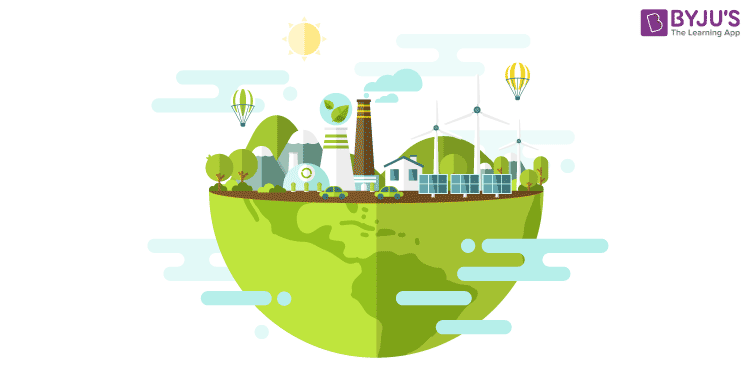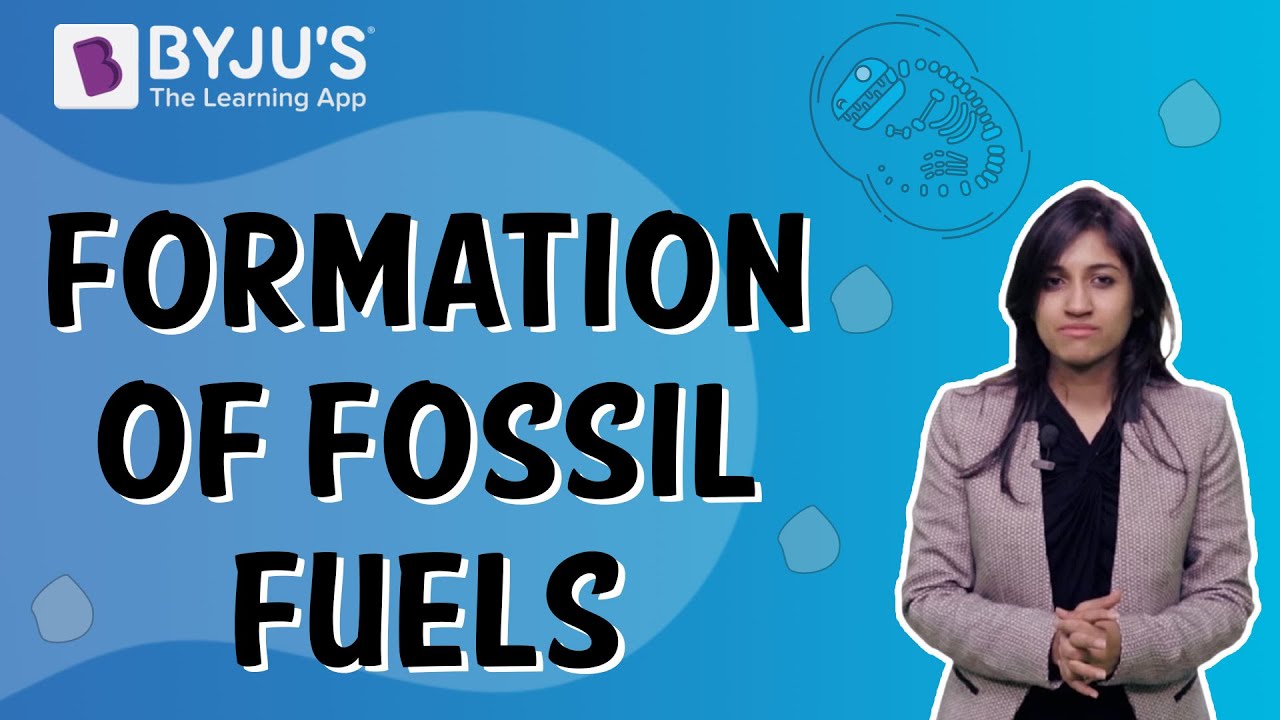Energy is essential in our daily lives because it is a basic human need. We use energy in almost every activity in the day. There are different forms of energy resources on the earth. All energy sources have some impact on our environment, and the environmental impact of energy resources has a diverse origin. In this article, we will discuss energy resources and their ecological effects.
| Table of Contents |
What Are Energy Resources?
Energy is required for the evolution of life forms on earth. Energy is obtained from different sources. Everything that we use today – clothes, cooking gas, furniture, food, notebooks, vehicles, houses, fuel, roads, toys, utensils, etc.- is obtained from resources on the earth.
Natural resources are the prime energy source for humans’ everyday activities, without which the world would still be the Stone Age. However, the usage of resources also affects our surroundings and leads to several environmental impacts. We will discuss the environmental impacts of using our resources.
What Are the Environmental Impacts?
Some major environmental issues are as follows:
- Non-renewable resources such as coal and petroleum cause more harm to the environment when compared to renewable resources in the form of air and water pollution, the generation of toxic wastes, etc.
- Coal gives out sulfur as emissions that harm the trees. The process of coal mining results in the production of acid mine drainage, whereby heavy metals dissolve and infiltrate into the ground and surface water. The process may entail the displacement of vast quantities of topsoil, ultimately resulting in erosion, habitat degradation, and pollution.
- Oil production and usage result in releasing the poisonous carbon oxides into the air. An oil spill refers to the release of petroleum into a vast water body, resulting in significant economic and ecological issues. The presence of oil on the ocean’s surface hinders the penetration of sunlight and decreases the level of dissolved oxygen, thereby endangering various forms of aquatic life. Additionally, crude oil damages the insulating and waterproofing abilities of feathers and fur, which can cause oil-covered marine animals and birds to suffer from hypothermia and perish.
- Even renewable resources are not completely eco-friendly. The generation of energy from the wind, the sun, tides, etc., also creates harmful environmental impacts and affects biodiversity to a significant level.
- The exhausts from natural gas release nitrogen and even methane oxides, which affect people and animals that use water from the affected water bodies. The burning of fossil fuels results in the emission of significant quantities of carbon dioxide, a greenhouse gas, into the atmosphere. These gases have the ability to trap heat in the atmosphere, which ultimately leads to global warming.
- Biomass also results in the generation of harmful gases. Ash created on burning biomass is another unwanted waste that causes disposal issues due to its lead and cadmium content.
- Manufacturing photovoltaic (PV) cells produce toxic chemicals.
- Although hydropower does not cause air or water pollution, it severely impacts the fish population. It causes the relocation of the people and animals living near the dam sites. Moreover, it changes the water temperature.

Thus, all energy resources have an impact on the environment. There is no such thing as a ‘clean’ source of energy. The consolation is that renewable resources cause lesser environmental impacts than non-renewable resources of energy. Research is still on for the development of resources that are long-lasting and have minimal environmental impacts!
Frequently Asked Questions – FAQs
What is considered renewable energy?
Is renewable energy sustainable?
What are non-renewable energy sources?
What is the main source of energy in India?
Is renewable energy efficient?
Watch the video to find out why is it so important to conserve fossil fuels and use them wisely?

Stay tuned to BYJU’S and Fall in Love with Learning!

It’s very helpful.